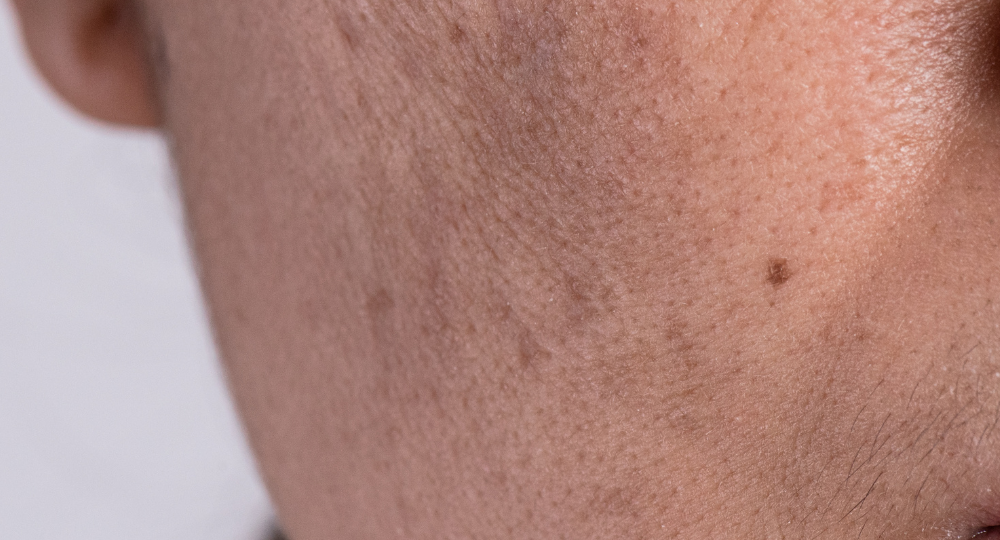
Understanding Melasma: More Than Just Skin Deep
Melasma is a common skin condition that causes brown or grayish patches, typically on the face. While sun exposure is a well-known trigger, many people overlook a crucial factor that significantly influences melasma: hormones. If you’ve been struggling with stubborn pigmentation that seems to worsen during certain life stages, your hormones might be the hidden culprit.
Why Do Hormones Play a Role in Melasma?
Hormones act as chemical messengers in the body, regulating various functions, including skin pigmentation. The primary hormones linked to melasma include:
1. Estrogen and Progesterone: The Major Influencers
Melasma is often referred to as the “pregnancy mask” because it frequently appears in pregnant women. This happens due to increased levels of estrogen and progesterone, which stimulate melanocytes (the cells responsible for skin pigmentation). This is why melasma is common among:
- Pregnant women (known as chloasma)
- Women on oral contraceptives
- Those undergoing hormone replacement therapy (HRT)
2. Thyroid Hormones: The Underrated Factor
An imbalance in thyroid hormones can also trigger melasma. Hypothyroidism, where the thyroid gland produces insufficient hormones, has been linked to increased skin pigmentation issues. The disrupted metabolism and hormone fluctuations can worsen melasma, making it more persistent.
3. Cortisol: The Stress Hormone
Chronic stress leads to elevated cortisol levels, which can indirectly contribute to melasma. High cortisol disrupts estrogen balance, increases inflammation, and triggers oxidative stress—all of which may worsen pigmentation.

What Triggers Hormonal Melasma?
Certain lifestyle and environmental factors can exacerbate melasma by affecting hormonal balance:
- Birth control pills: Synthetic hormones can trigger pigment production.
- Pregnancy: Fluctuating estrogen levels make skin more prone to melasma.
- Menopause: Hormonal shifts can lead to sudden pigmentation issues.
- Chronic stress: Elevated cortisol affects skin health.
- Poor gut health: An imbalanced gut can lead to hormone fluctuations, contributing to melasma.

How to Manage Hormonal Melasma Effectively
Melasma caused by hormones can be stubborn, but managing your hormone levels alongside targeted skincare can make a difference.
1. Balance Your Hormones
- Work with a specialist to evaluate your hormone levels.
- Opt for hormone-friendly diets rich in antioxidants, omega-3 fatty acids, and fiber.
- Reduce stress through meditation, deep breathing, and proper sleep.
2. Protect Your Skin from UV Exposure
- Wear broad-spectrum sunscreen (SPF 50+) daily.
- Avoid direct sun exposure, especially during peak hours.
- Use wide-brimmed hats and sunglasses for extra protection.
3. Incorporate Skin Treatments for Pigmentation
At Revix Clinic, we offer advanced treatments that target hormonal melasma, including:
- Potenza RF Microneedling: Stimulates collagen and repairs skin.
- Laser Pigmentation Removal: Reduces stubborn melasma patches.
- Medical-Grade Skincare: Tailored serums to regulate pigmentation.
Conclusion
If you’ve been battling persistent melasma, it’s time to look beyond just topical solutions. Your hormones could be the missing piece of the puzzle. By addressing internal imbalances alongside proper skin treatments, you can achieve clearer, more even-toned skin.
Need Expert Help?
At Revix Clinic, we specialize in treating melasma at its root cause. Book a consultation today to get a personalized treatment plan tailored to your skin and hormonal health!

